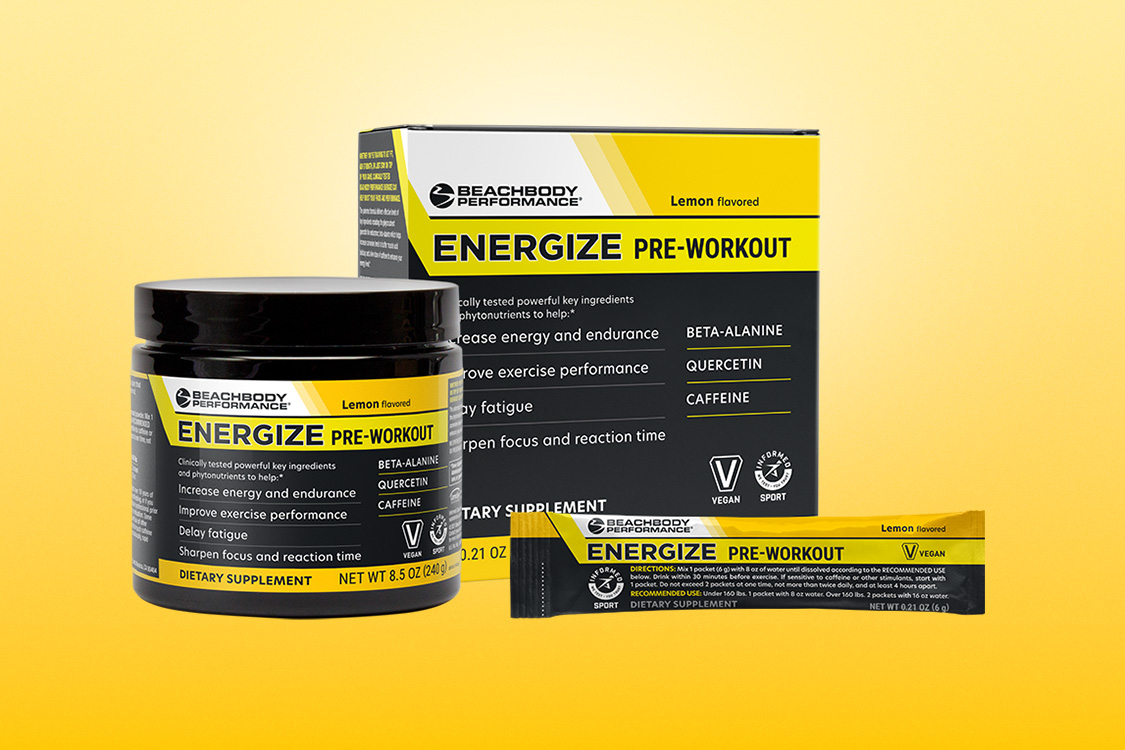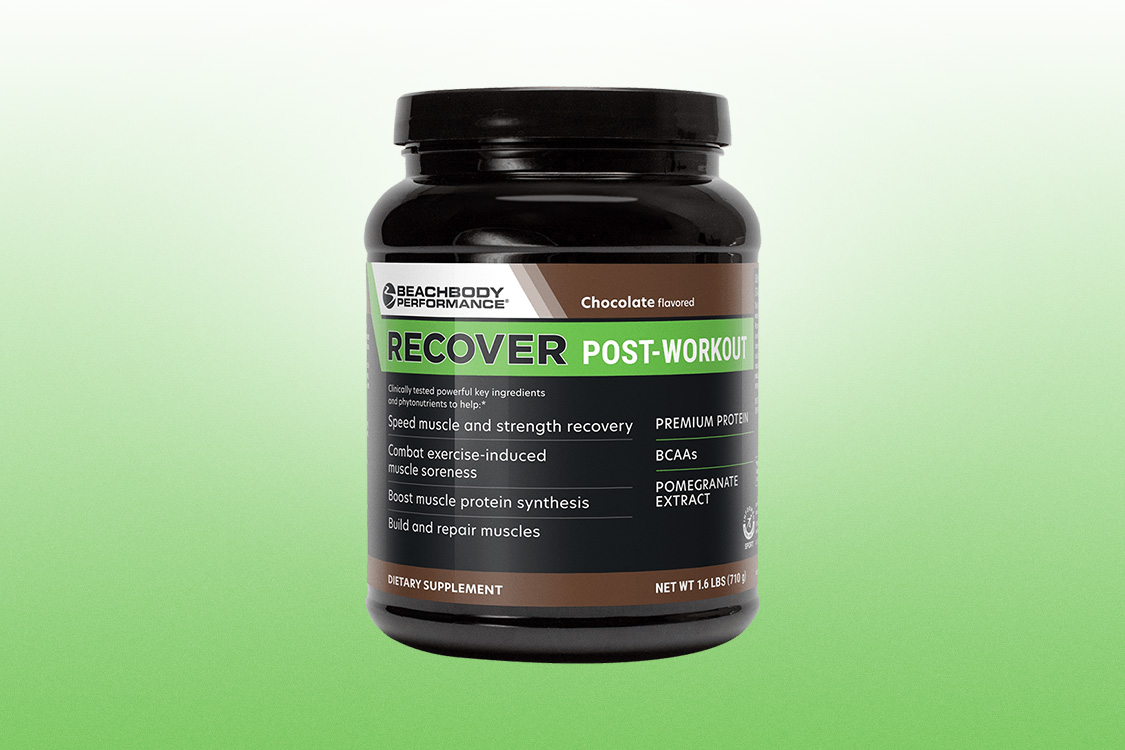Ride the Tour de France
Watching Lance Armstrong fly up L'Alpe d'Huez spinning a cadence of 90 rpm is nothing short of astonishing. And until you've seen it live, you can't possibly believe the speed that a human being can propel a bicycle up a mountain. It becomes even more impressive when you've ridden the same mountain yourself, which in this particular case, I had.
Everyone should catch a stage of the Tour de France live at least once. The spectacle is beyond belief, especially considering it's a live sporting event held in public. And in a truly perfect world, everyone should ride at least one stage too. Here are two important facts about the Tour de France:
|
Allow me to explain. First off, cycling is a sport, and the Tour is its pinnacle. In order to make a tour-eligible team, you must be an outstanding pro racer. Then your team must be chosen as one of the top 20 in the world. Beyond this, you need to be chosen as one of your team's nine best riders to make the Tour squad. What this means it that the worst rider in the Tour de France would drop your local pros (those guys you see riding around really fast in your town wearing matching uniforms) like they were little old ladies on Huffys with flowered baskets.
However, the Tour is also a public event. Its route follows the roads around France and is made available to the public the same day it's announced to the riders. Each year, thousands of fans ride part of the course. Tour groups organize rides where you follow the race around, riding part, or all, of each stage. And some crazed fans, albeit very few, ride the entire 2,000-plus-mile course. Each morning, that afternoon's course is littered with thousands of fans wanting a vicarious taste of the race.
Winning the Tour requires that you be blessed with an enormous amount of natural talent, just for starters. After that, you must dedicate your life to peaking during one 3-week period each year. To get into Tour shape, Lance Armstrong will weigh each bit of food he eats during the early season until his weight is low enough to enable him to hit a speed fast enough to win. Since you can only produce so much wattage by gaining strength, weight must be reduced in order to increase speed up a mountain. According to his coach, Chris Carmichael, if Lance weighed the same as he did before he had cancer (when he was a talented but unfocused racer), he would lose three and a half minutes in the 15 kilometers up L'Alpe d'Huez to rival Jan Ullrich, as opposed to gaining a minute. Danish racer Frank Hoj commented, "It's boring to predict this, but Armstrong will win again because he's the most focused of all the riders. He does everything he's supposed to, exactly as he should, without fail. No one else is willing to do this." For a Tour rider, completing a climb like L'Alpe d'Huez is no big deal. Three-time Tour winner (and first American winner) Greg LeMond said, "It's not the mountains that makes the Tour hard. It's how fast you go up them."
For the average Joe, summiting L'Alpe d'Huez on a bike is a big deal—a long, arduous, and often endless deal. The difference between riding a bike on flat ground and up a hill is monumental. To the uninitiated, going uphill on a bike is harder than walking uphill. The nine-mile jaunt can turn into an all-day epic.
Yet the public comes out to face the challenge. And it comes in droves. I have no idea how many people took on L'Alpe during this year's Tour, but it must have been well into six figures. I rode it a week before the event and must have passed a hundred people. The day before was so crowded that you could hardly ride. Most were on nice racing bikes or mountain bikes (which have lower gears more suited for steep climbs), but many were on machines that would be a challenge to ride down the Venice Beach strand, much less up the most revered climb in all of cycling! But they come for the festival, the history, and to experience firsthand some suffering of their own. The atmosphere, even a week before the race, was electric. People from all over the world were camped alongside the road, encouraging us with shouts of "allez," "venga," and "hopp." For my part, I threw out yellow LIVESTRONG bracelets to the kids I passed.
This carnival atmosphere makes that Grand Boucle (French term for the race) very hard on the racers. At the stage finish, the public engulfs the riders. Without trying, I ended up close enough to high-five Ullrich, Andreas Kloden, and Ivan Basso at the Villard de Lans finish as they rode by en route to their team trailers. No fences separate the racers from the public. The fans remain amazingly respectful, yet it's a lot for the racers to deal with. So much so that Armstrong credited his main improvement during his third tour victory as the ability to figure out how to reduce the time he had to deal with the public, resulting in an hour's more rest each day. And rest, meaning recovery, is the crux of the Tour de France. "The Tour is won in bed," claimed five-time winner Eddie Merckx.
For the fans, it's all about the carnival. It's hard for Americans to relate to it, but if you can picture the entire hullabaloo surrounding the Super Bowl happening on public streets, you'll have some idea. Most people focus on one stage, where they'll take the family and some bikes, and camp out waiting for the race to come by. All of this to see a few minutes—at most—of racing. But it's not all about racing. On major stages the processions start days before, kind of like an athletic version of Woodstock. And the day of the race is complete madness.
Trying to maximize our ability to view as much of the race as possible, I rode from Grenoble to the ski town of Villard de Lans the day before to scope out the course and layout. I figured that by renting mountain bikes in a town 10 kilometers away, we could avoid the traffic getting to the race, then move around on the course using dirt-path shortcuts to view the racers at various points of the course.
A town that gets to host the start or finish of a stage rolls out the red carpet, and the place looks like it just won its independence. In Villard de Lans there were bands and performers almost everywhere you looked. The race came through town en route to its finish at the ski station, 5 kilometers above. With our bikes, we were able to catch the pre-race parade in town before riding to the finish. The parade is a caravan of race sponsors throwing out goodies to the audience. It's such a spectacle that it's arguably more fun than the race itself. This finishes about an hour before the tete en course (head of the race) comes through. In between, we were allowed to ride our bike up the actual course for a kilometer. We couldn't believe we were let on the climb! It was the most exciting kilometer of riding I've ever done. To catch the final, we had to take a shortcut and hammer up an adjacent climb for a couple thousand feet to beat the racers to the finish. Not exactly couch-potato viewing, but well worth the trouble.
A sprint finish is the most exciting thing in cycling. On flat stages, it's a mass procession of bodies elbowing each other for position at 40 mph. At Villard de Lans, the sprint was atop a climb, and the field had been whittled to five contenders: Armstong, Basso, Kloden, Ullrich, and American Levi Leipheimer. The speed was unbelievable. I broke into a sweat just watching. Someone told me that night that on TV, Armstrong looked like he had cruised to victory. In person, he was fighting tooth and nail with Basso right to the line. The announcers were going wild, and a huge TV screen showed a close-up of Armstrong punching the air as he crossed the line. I'll have chills replaying this memory for the rest of my life. A moment later Ullrich and company rode right by me. I rarely feel fat, but seeing these guys up close inspired me both to eat better and train harder.
"The first year I rode the Tour de France, 1984, I had raced practically every other major professional race. I had won the Tour de l'Avenir, which was supposedly the junior version of the Tour. Supposedly. In that first Tour, I couldn't believe there was never any letup. I could never recuperate. In the first Pyrenees stage, suffering from bronchitis, I was in so much pain that I could barely see! My legs felt as if they were no longer there. I kept pushing and getting dropped on the climbs. All I could think about was quitting."
—Greg LeMond
The Tour is often called the hardest athletic event in the world. Seeing these guys finish this stage and knowing they'd be doing something just as hard again the next day is so daunting. You can see why drug allegations in the sport are rampant. To most of us, pushing the body like this just seems inconceivable. But to think this way just puts limits on human potential—something that anyone who looks at history would know is a mistake. We still have no idea what humans are capable of. All we know is what's been done up 'til now, and that it will improve in the future.
I set two completely arbitrary goals at the base of L'Alpe d'Huez. One was to break an hour. The other was not to allow Armstrong to beat me by 20 minutes (very arbitrary, considering he hadn't ridden yet). Having not done it before, I had no idea whether this was possible. In fact, it was both a random and absurd goal to make. But I like to have goals, and these seemed nice and round. L'Alpe has 21 famed hairpin turns. Each one is marked with a sign telling you how far you have to go. I rode steady over the steeper bottom section of the climb, not wanting to blow up early. Plus, there was a guy in front of me riding about my tempo. I was slowly gaining on him but when I'd get fairly close he'd surge away. Unfortunately, he quit with 10 turns to go. Losing my (again arbitrary) rabbit, I was forced to look elsewhere for pacing.
Doing quick calculations, it seemed like I was close to my goal the entire way, although I don't think I believed I really had a chance until I was into the final 5 turns. Every now and then I'd put in a surge, a-la Armstrong, and accelerate to 90 rpm. In about 100 meters, I'd be about to blow and have to back off. Hou la-la! When I hit turn 21, I knew it would be close, as there were a couple more kilometers through town to the summit. I started hammering with all I had left. My jersey was hanging open and flying in the wind, which the townspeople loved. Cars honked and people in cafes applauded as I came by, going faster and faster. I had to weave through some traffic, but instead of getting yelled at, I heard shouts of "allez, allez!" I couldn't tell where the finish line was, so I just ran out of road and hit my watch: 59:47*.
Vive Le Tour!
*The following week, Armstrong won the stage to L'Alpe d'Huez in 39:42.



